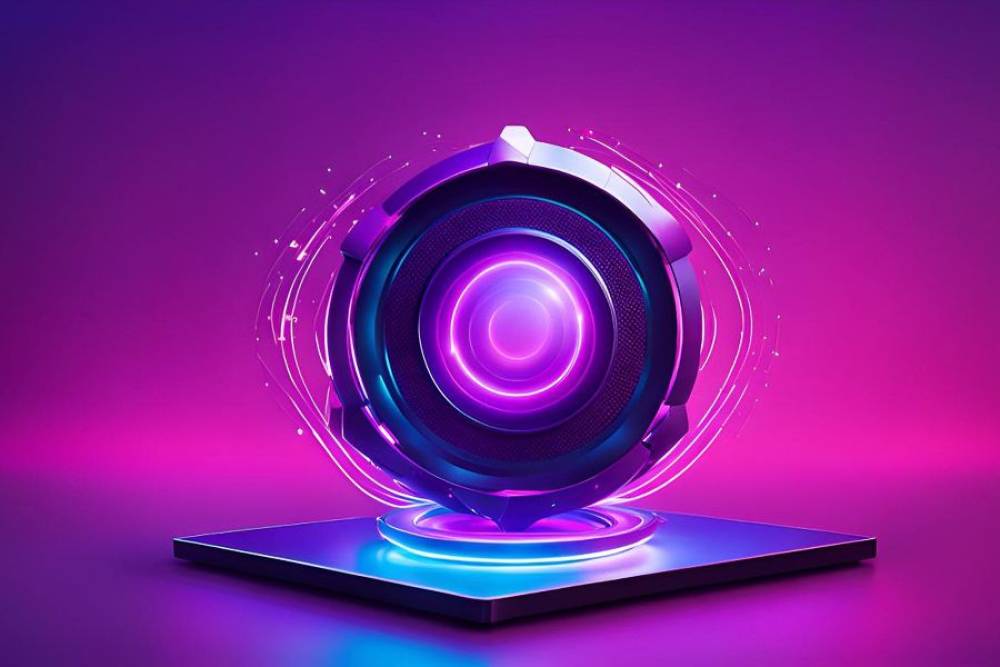Biometric authentication: Everything you need to know Written on

Welcome to our FAQ article on biometric facial authentication. In this article, we will answer some common questions about face authentication, including how it works, its accuracy, potential privacy concerns, and its current and potential uses.
We will also explore the legal and regulatory frameworks surrounding the use of face authentication and discuss strategies for mitigating the risks and vulnerabilities of this technology.
If you’re considering implementing face authentication in your business applications, this article will provide valuable information and insights.
What is biometric facial authentication?
Biometric facial authentication is a technology that uses algorithms to identify an individual by analyzing their unique facial features. Face authentication, also called biometric authentication, has become more popular in recent years. It offers the easiest and most convenient means of ensuring identity and access while maintaining a robust layer of security and privacy.
How does biometric facial authentication work?
Biometric facial authentication works by comparing a facial image captured in real time to a reference image. The reference image is typically a photograph taken during the enrollment process. Sometimes, the enrollment process includes an identity verification process and, if that’s the case, the facial image is compared against a document (e.g. a government-issued ID).
It takes two steps to authenticate: register and sign in. To register, the following steps are applied:
- The user takes a selfie with their phone or laptop camera;
- A liveness check is performed to ensure that the user is physically present;
- A biometric template is created from the selfie;
- The biometric template is stored for later authentication.
After registering, you can sign in as follows:
- The user takes a selfie with their phone or laptop camera;
- A liveness check is performed to ensure that the user is physically present;
- A biometric template is created from the selfie;
- This biometric template is compared with the registration template.
- If it is a positive match, the user can access.
What are the benefits of using biometric facial authentication?
Biometric facial authentication offers significant advantages for both businesses and their customers. By streamlining processes, enhancing security, and improving customer satisfaction, this technology is transforming the way we interact with businesses and services with:
- Enhanced security: Face authentication is one of the most secure forms of authentication. It is very difficult to replicate someone's face, making it difficult for unauthorized users to gain access to your device or account.
- Improved convenience: Face authentication is very convenient. You don't need to remember a password or carry around a physical key. You can simply use your face to log in to your device or account.
- Reduced fraud: Face authentication can help to reduce fraud. It is very difficult for fraudsters to use someone else's face to gain access to their account.
How is biometric facial authentication being used?
Biometric facial authentication is being used in a variety of industries and applications, including banking and financial services, web3, hospitality, retail, and digital workplace, to enable secure access and authentication.
One of the most prominent use cases of face authentication in banking is during the account opening process. Instead of relying solely on traditional identification documents, banks can employ facial recognition technology to verify the identity of new customers. This not only speeds up the onboarding process but also significantly reduces the risk of fraud and identity theft. By capturing a live image of the customer and comparing it to government-issued identification, banks can ensure that the person opening the account is genuine.
In the hospitality industry, face authentication improves the check-in experience and the whole guest service. It frees staff from identity verification tasks, allowing them to pay more attention to the guests. It also allows guests to freely navigate through the hotel facilities without carrying keys or cards — they can unlock any space with their faces.
Is biometric facial authentication accurate?
The accuracy of biometric facial authentication can vary depending on the quality of the facial image being captured, the lighting conditions, and the specific facial recognition algorithm being used. In general, facial recognition algorithms have improved significantly in recent years, but they can still be less accurate for certain groups of people (e.g. those with darker skin tones or certain facial features) if training datasets are not properly balanced.
Top-performing algorithms show accuracy rates above 99.9999%. With a top-tier face authentication software, there is typically one false positive for every 1 million authentications, and 1 in 300 authentication attempts by the right user may require a second attempt.
Are there any privacy concerns with biometric facial authentication?
There are potential privacy concerns with biometric facial authentication, as it may include collecting and storing biometric data (in this case, facial images or biometric templates) in a database. This data could potentially be accessed or misused by unauthorized individuals.
However, there are already decentralized approaches to facial authentication which do not store any images and use encrypted biometric templates for re-authentication purposes. So, the privacy of users’ data depends on whether images are stored or not on a database and how those images are stored, when required.
Privacy-first face authentication products do not store images on a database. Instead, they're architected in decentralized models so that the user's face template is securely stored on their mobile device, and not on a shared database. When identity data is stored on the user’s trusted device, there are no more centralized databases and possession of the mobile phone becomes a seamless second factor, reducing the risk of data breaches.
More recent leading-edge approaches to privacy, go for a truly decentralized approach where biometric templates are split into various chunks that are stored in different machines, ensuring there is no central honey pot for attackers to target and no way that the company performing authentication could match a customer without their consent.
Are there any legal or regulatory frameworks governing the use of biometric facial authentication?
In recent years, the EU Commission has worked on developing a regulatory framework for AI that positions the EU as a global leader. The AI Act encourages businesses to develop AI solutions that give users the confidence to adopt them. From our perspective of the regulation, this will only encourage adoption of biometric identity verification systems where users give explicit consent and where the user owns their own biometric template.
Other regulatory frameworks are in force, around the globe, defining the use of biometric facial authentication and the collection and storage of biometric data, but they all come down to the same conclusion: facial authentication is safe and convenient, as long as data is private and user-owned. It is imperative for organizations implementing facial authentication to be aware of and comply with these frameworks. This will ensure that they are using the technology in a responsible and legal manner.
Can biometric facial authentication be fooled or spoofed?
It is possible to fool or spoof some facial recognition systems using methods such as using a photograph or video of the individual or using makeup or prosthetics to alter the appearance of the face.
However, robust face authentication solutions include additional security measures, namely 3D and 2D liveness detection, which can guarantee that the face in front of a camera belongs to an actual live person and not simply a photograph or video on a screen.
Keep up with biometrics insights and trends
In conclusion, face authentication is a technology that is increasingly being used in a variety of industries and applications to enable secure and convenient access and authentication. While it has the potential to offer many benefits, it is important to carefully consider the accuracy, privacy, security, and legal and regulatory implications of using this technology.
By understanding how face authentication works, the potential risks and vulnerabilities, and the current and potential uses of this technology, individuals and organizations can make informed decisions about whether and how to implement it. It is also important to stay up to date on the latest developments in face authentication technology and any relevant legal and regulatory frameworks, in order to ensure that the technology is being used in a responsible and effective manner.
While face authentication can be a valuable tool for facilitating secure access and authentication, it is crucial to make sure that the chosen solution protects users' and companies' privacy and does not use centralized databases that scammers can exploit.
Before you go, we suggest you:
🤔 Learn more about decentralized face authentication here
📬 Get the latest insights, news, and trends within biometrics and face authentication topics by filling in the form below.






